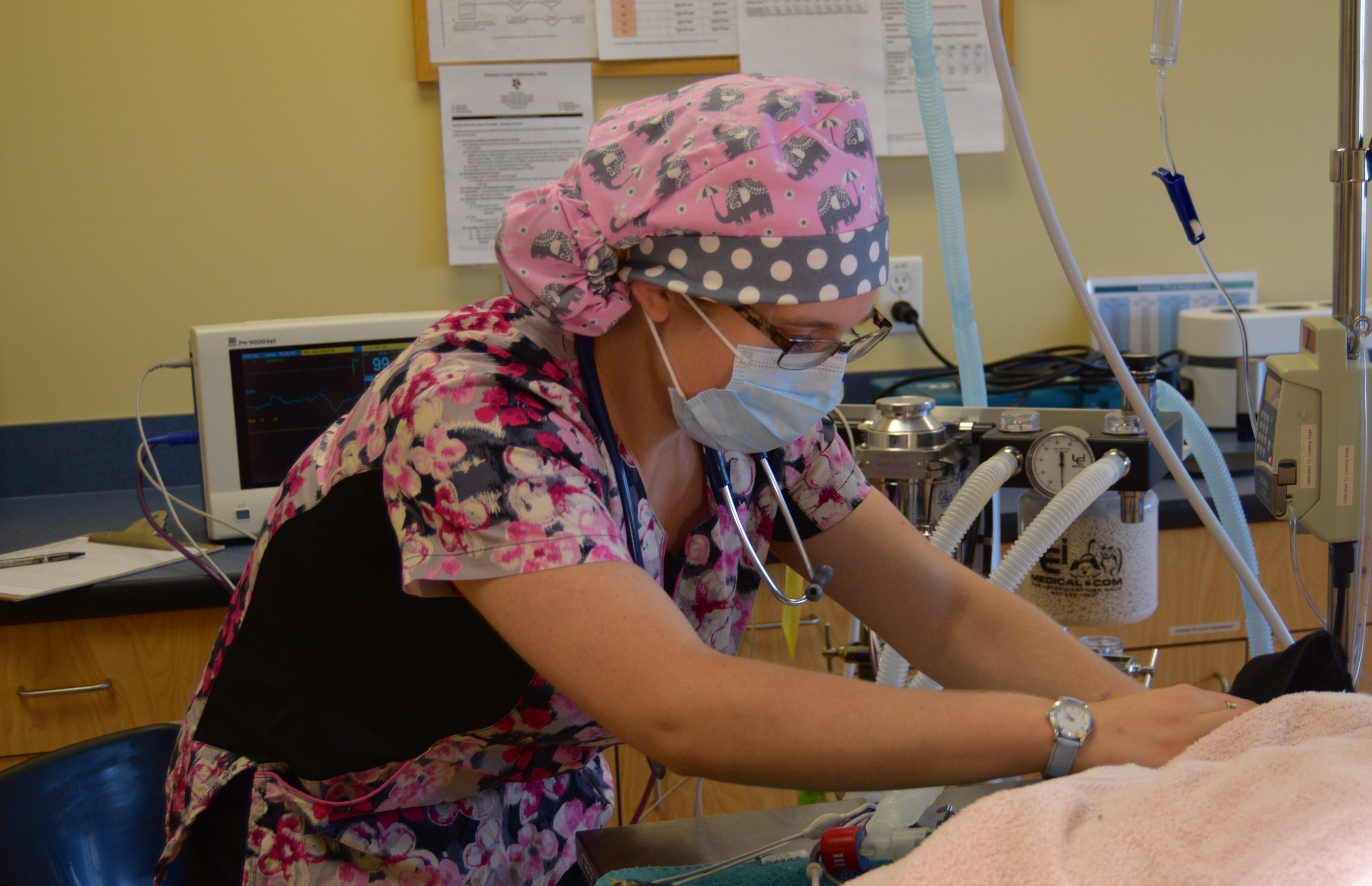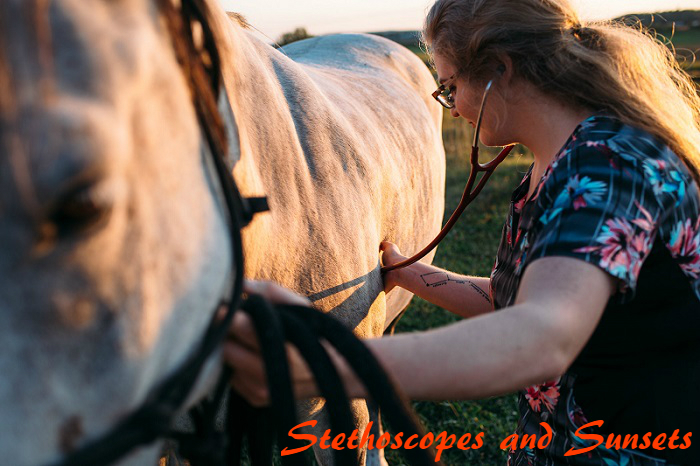
[Veterinary medicine is always expanding its knowledge of animal health, which is part of what drew me to the field.]
Veterinary medicine, like any medical field, is constantly changing, evolving, and improving. Sometimes it feels like sitting on a roller coaster of information: by the time we’ve learned something well, something new has become available or new information has been found. But far from finding it frustrating or discouraging I choose to embrace it; change is the only way to continue moving forwards.
Veterinary medicine is a growing, changing, evolving, improving, developing, learning kind of profession. Just like human medicine new discoveries are made every day, new surgical techniques are pioneered, new diagnostic tests are developed, and new ways to treat disease are implemented. I think that’s a huge part of what drew me to vet med in the first place; I love to learn and a job where I can continue learning every day and still know that there’s more out there — that’s definitely my kind of career!
Huge changes have been seen over the last century. While veterinary medicine has been around for as long as animals have been domesticated, the advent of antibiotics in the early 20th century allowed for a massive leap forwards in treatment options. Suddenly, illnesses and infections which would otherwise have been fatal became treatable quickly and easily. As time passed and more antibiotics were discovered, more leaps forward were made. Unfortunately, such widespread and liberal use of antibiotics both in human and animal medicine (starting in the 1950s, antibiotics began to be used not just to treat livestock but as a growth promoter) has led to antimicrobial resistance, or so-called “superbugs”. Veterinarians now have a strong background in proper antibiotic use and prevention of resistance; this takes several forms including a push to identify what bacteria is causing an issue before treating, using diagnostic testing to find out what antibiotic a bacteria is sensitive to, and a recent law change which states that only veterinary professionals may sell antibiotics to livestock producers with whom they have a working relationship.
Animals and humans are often similar in their anatomy, and this has led to huge changes in the field of surgery. New techniques are being developed rapidly for any surgery one could imagine. Almost fifty years ago a surgical technique for repairing torn knee ligaments was pioneered called the ‘lateral suture technique’. In the early 1990s a radically different technique was developed called the TPLO, quickly followed in the late 1990s by another new technique called a TTA and then in the early 2000s, a hybrid of the two surgeries called a TTO appeared. Now, in the 2010s, another new and extremely different technique has developed which is much less invasive, called a Simitri technique using an implant called the Simitri Stable in Stride. Fifty years, five different ways to perform the same surgery, each with improvements of their own. Very, very cool.
And the changes are not just limited to the medical side. Veterinary medicine is becoming more and more aware of the human side of treating animals, the clients for sure but also the vets themselves, the technicians, the support staff, reception, and office staff who give 100% every day in what can be a difficult and thankless job. More and more I see continuing education opportunities to discuss wellness, compassion fatigue, and to promote joy and cohesiveness in the workplace. Increased suicide rates among veterinary professionals are a documented fact which is now finally being discussed, and the stigma of mental illness, stress, and compassion fatigue is slowly lifting as we learn how to care for ourselves and each other.
This is particularly relevant to me as a technician; our work ‘lifespan’ is extremely short and frequently very difficult. Technicians generally receive little pay and often little respect for our abilities and our role in the veterinary hospital. Advancement is difficult, the job is stressful, and all these things combined make for a workforce that is rapidly turning over. But there is hope! The BCVTA recently completed a comprehensive survey of 440 veterinary technicians to find out why they were leaving or staying in jobs and what they needed to be retained. The results of the survey were made available to clinics, teaching facilities, and other tech organizations so that hopefully we will be able to make some changes in our profession and begin to keep people happier for longer.
So why has this been on my mind? Likely because like veterinary medicine, I am also moving onwards and upwards — or actually, slightly downwards. I will be leaving the frozen North this month for southern BC and sunshine, where I will be doing locum (relief/short-term) work, travelling with the Canadian Animal Assistance Team, and enjoying time with family and friends. It has been such an amazing and inspiring time and I know I will miss it very much, but luckily I have a lifetime supply of stories! Stethoscopes and Sunsets will continue to post weekly with a combination of client education, veterinary essays, and creative non-fiction including much about my time in the North.
And who knows? Maybe the next big veterinary discovery is just around the corner, waiting for me 🙂

3 comments
Hi Rose, I am curious to hear about the results of the survey, but it will probably mirror the factors you mentioned above. You have had such amazing experiences for your young age-can’t wait to see what adventure you land in next.
xo Julie
Hey Julie! The results are available on the BCVTA website at http://bcvta.com/?p=2420 . The most common reasons for techs to leave the field were low wages, long hours, and feeling unappreciated/disrespected. Not a surprise but definitely a shame! I am so excited to see the changes in our field as we hopefully learn to retain more technicians.
Fantastic site. Lots of helpful information here. I am sending it to some friends ans additionally sharing in delicious. And of course, thanks for your effort!